Ukraine woke up to devastation after Russia launched what officials are calling the largest air attack since the war began in February 2022. According to Ukrainian authorities, more than 800 drones and a dozen missiles targeted multiple cities, including the capital Kyiv, leaving at least four people dead—among them an infant—and injuring over 20 others.
The attack marked a dramatic escalation, hitting not only residential areas but also the Cabinet of Ministers’ offices, the first major government building in Kyiv to sustain significant damage since the invasion began. Plumes of black smoke covered the city skyline, while rescue workers dug frantically through rubble to find survivors trapped beneath collapsed apartments.
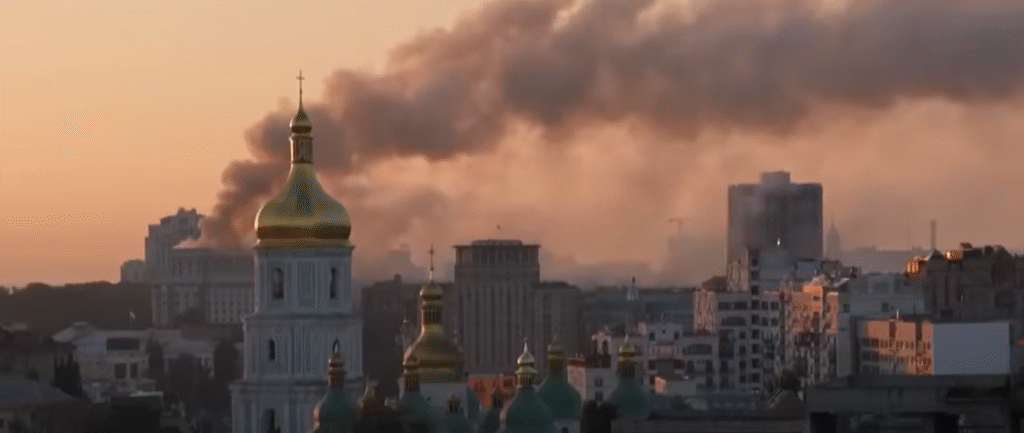
Kyiv Under Siege Again
Residents of Ukraine Kyiv are growing accustomed to sirens and sleepless nights, but this strike stood out for its scale and symbolism. Overnight, as drones rained down, first responders raced to damaged apartment blocks where families were buried under debris. “We heard a loud explosion, then everything went dark,” one survivor told reporters, describing the chaos as firefighters carried injured neighbors to safety.
The Ukrainian government warned that further Russian bombardments may follow. President Volodymyr Zelenskyy once again emphasized that Ukraine’s security relies primarily on its own armed forces. “Any real guarantees can only be based on our strong Ukrainian army,” he said, urging European and U.S. allies to continue their military support.
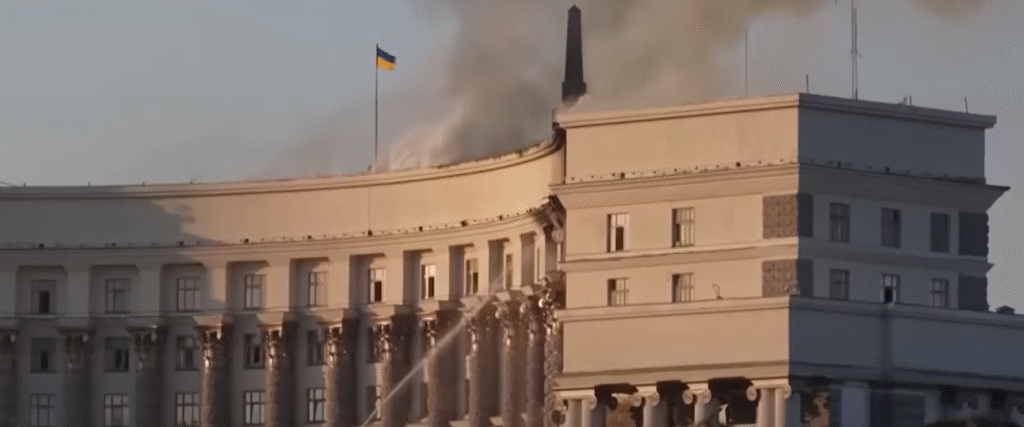
Global Condemnation and Putin’s Threats
European leaders wasted no time condemning the strike. Ursula von der Leyen, President of the European Commission, declared that “once again the Kremlin is mocking diplomacy, trampling international law, and killing indiscriminately.” NATO countries expressed solidarity with Ukraine, highlighting that the scale of the attack underscored Moscow’s disregard for civilian lives.
In response, Vladimir Putin issued warnings to Western leaders considering sending troops to Ukraine, threatening that “any forces present in Ukraine would be legitimate targets.” Analysts, however, suggest these words are more about intimidation than actual escalation. Former military intelligence analyst Brett Velicovich argued that Putin’s threats reflect dwindling leverage: “Every time Russia makes these warnings, it only shows how effective Western cooperation has been in supporting Ukraine. Instead of dividing NATO, it has strengthened unity.”
Trump’s Role in Shaping Western Strategy
Another layer to this geopolitical puzzle is the role of President Donald Trump, who has reportedly grown frustrated with Putin’s actions. Trump has been calling for renewed pressure on Moscow while simultaneously pushing for stronger Western coordination. Behind the scenes, sources suggest the former president may be preparing decisive next steps, especially as European leaders meet with Zelenskyy to strategize future responses.
Trump recently signed an executive action reviving the “Department of War” name, replacing the longstanding “Department of Defense.” Supporters say the change signals a shift from reactive defense to proactive offense. Florida Congressman Greg Steube, a military veteran, explained: “We shouldn’t be just about defense; we should be about offense. That means taking out narco-terrorist networks, targeting Iranian nuclear facilities, and showing the world that America acts with strength.”
Why the “Department of War” Matters
The symbolic renaming has already sparked debate in Washington and beyond. Proponents argue that language matters in diplomacy and military strategy. By adopting the “Department of War” label, the U.S. signals to adversaries like Russia, China, Iran, and North Korea that it will not hesitate to act decisively.
Velicovich noted that modern warfare looks very different from traditional battlefield engagements. “Today, war includes cyberattacks, artificial intelligence, drones, and intelligence operations. Our adversaries are already waging war against us in these domains. America must be prepared to confront these threats head-on.”
North Korea and Covert Operations
Amid the escalating crisis in Ukraine, a separate report in the New York Times highlighted a previously undisclosed SEAL Team 6 mission in North Korea in 2019. According to the report, U.S. special forces opened fire on a North Korean vessel during a covert operation, killing everyone onboard.
Although the mission was not ultimately successful in achieving its broader objective, analysts say it demonstrates the lengths to which U.S. intelligence will go to monitor nuclear threats. “Operating inside North Korean territory is one of the most difficult missions imaginable,” Velicovich explained. “But it shows the world that the United States is capable of penetrating even the most closed regimes. That has immense value in shaping adversaries’ calculations.”
A World on Edge
From Kyiv to Pyongyang, the signals are clear: the global security landscape is entering a new and dangerous phase. Russia’s indiscriminate bombing of Ukrainian cities, coupled with Putin’s rhetoric, is testing the resolve of NATO and Western allies. At the same time, the U.S. shift toward a more aggressive “Department of War” posture is designed to reassure allies and deter adversaries.
As Europe rallies behind Ukraine and Washington debates how far to go, the people of Kyiv are left to pick up the pieces once again. Families bury their dead, children are pulled from rubble, and yet the city endures. For Zelenskyy, for Trump, for Putin, and for global leaders, the choices made in the coming weeks may well define the trajectory of this conflict—and the stability of the world order itself.
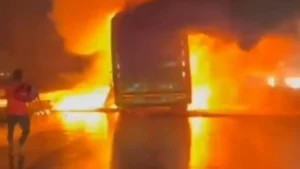



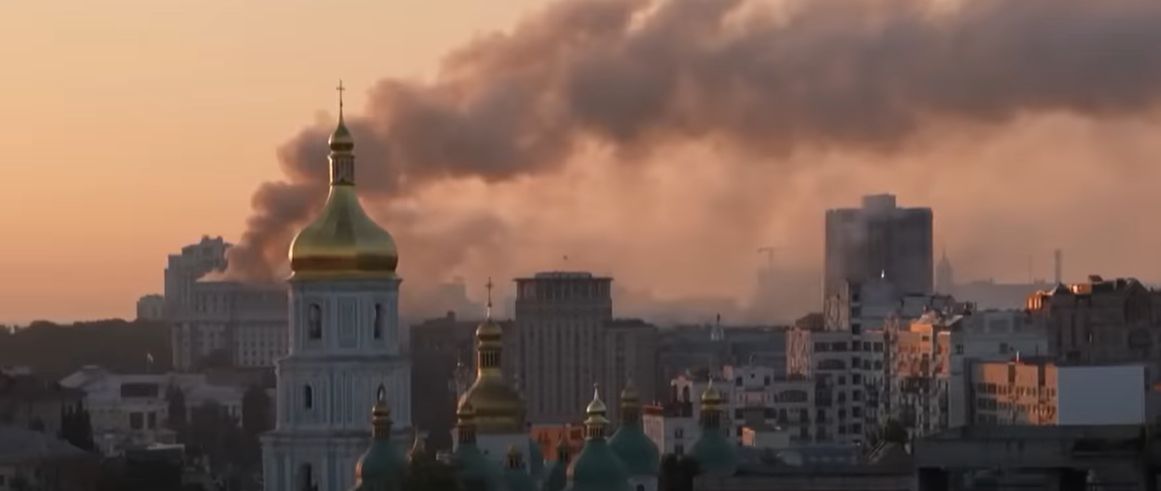
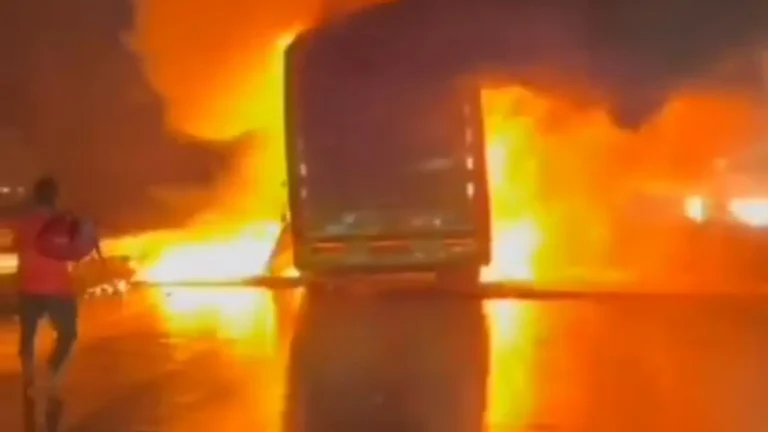
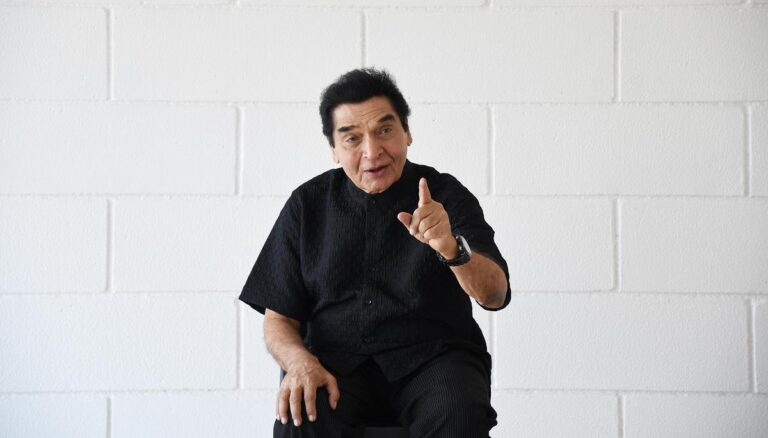


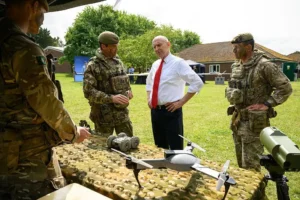
3 thoughts on “Russia’s Largest Air Assault on Ukraine Sparks Global Reactions as U.S. Adopts “Department of War” Strategy”